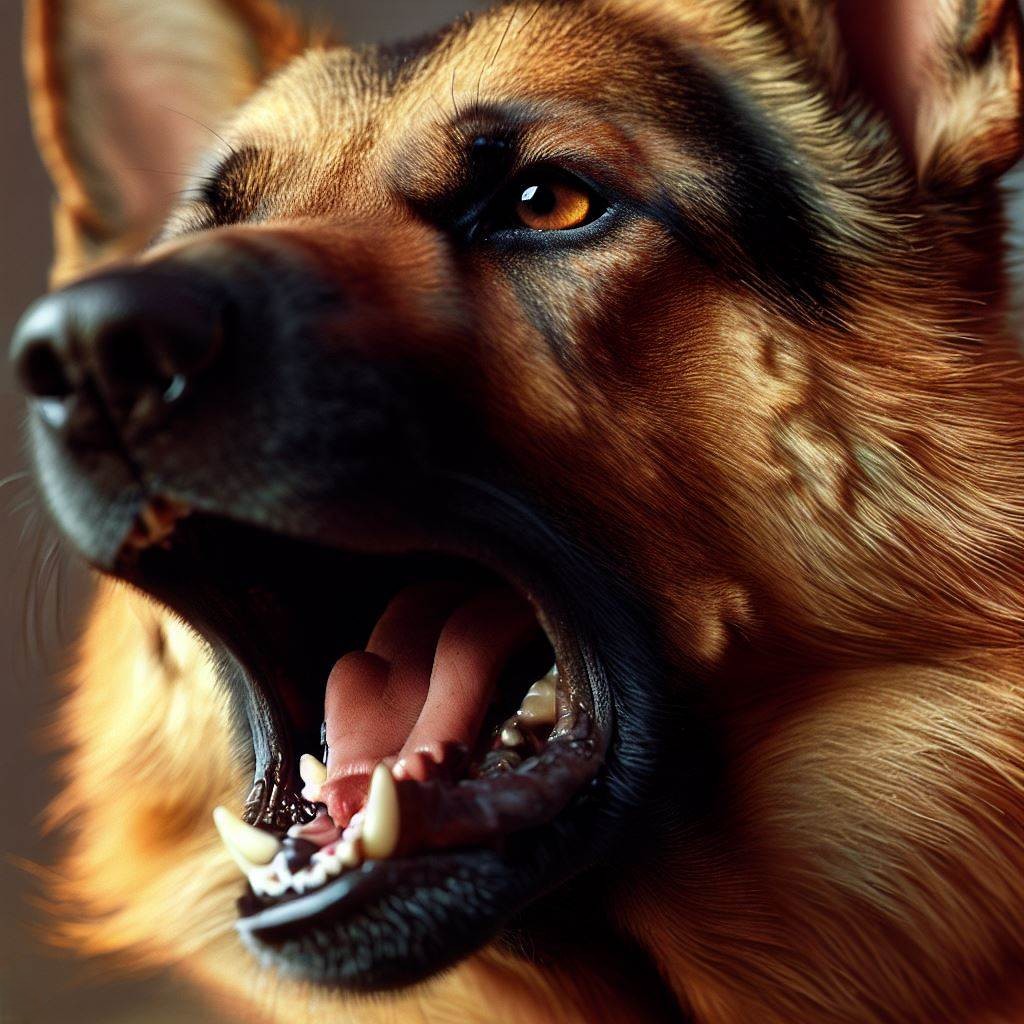In the complex world of pet behaviors, learned behaviors play an essential role alongside innate instincts. Our pets, like us, are not solely driven by their genetic blueprint but also by their individual experiences and conditioning. These behaviors, molded by interaction with the environment, offer unique insights into our pets’ minds, allowing us to understand them better and form deeper bonds with them.
In the complex world of pet behaviors, learned behaviors play an essential role alongside innate instincts. Our pets, like us, are not solely driven by their genetic blueprint but also by their individual experiences and conditioning. These behaviors, molded by interaction with the environment, offer unique insights into our pets’ minds, allowing us to understand them better and form deeper bonds with them.
From a dog barking at a perceived threat to a cat retracting its claws, animals exhibit a range of behaviors that are instinctual, meaning they are innately programmed and don’t rely on learning or experience. These instinctual behaviors are fascinating to study and understand, as they provide a window into the genetic blueprint of our pets and their intrinsic survival mechanisms.
From a dog barking at a perceived threat to a cat retracting its claws, animals exhibit a range of behaviors that are instinctual, meaning they are innately programmed and don’t rely on learning or experience. These instinctual behaviors are fascinating to study and understand, as they provide a window into the genetic blueprint of our pets and their intrinsic survival mechanisms.
From a dog barking at a perceived threat to a cat retracting its claws, animals exhibit a range of behaviors that are instinctual, meaning they are innately programmed and don’t rely on learning or experience. These instinctual behaviors are fascinating to study and understand, as they provide a window into the genetic blueprint of our pets and their intrinsic survival mechanisms.
From a dog barking at a perceived threat to a cat retracting its claws, animals exhibit a range of behaviors that are instinctual, meaning they are innately programmed and don’t rely on learning or experience. These instinctual behaviors are fascinating to study and understand, as they provide a window into the genetic blueprint of our pets and their intrinsic survival mechanisms.
The notion of animals experiencing emotions akin to human feelings has long been a point of contention in the scientific realm. Are these emotions we witness in our pets mere anthropomorphic interpretations, or do they indeed possess an emotional range closer to ours than we’ve understood so far? Advances in modern science, coupled with the sophisticated study of ethology, are gradually shifting the paradigm. The consensus is swaying towards an acknowledgment that animals, including our pets, may indeed be far more emotionally intricate than traditionally believed. Pets exhibit an array of fundamental emotions such as fear, joy, anger, and even surprise, identifiable through specific behaviors or physiological changes correlated with diverse situations.
Decoding the emotional lives of animals has long intrigued scientists and pet enthusiasts alike. The exploration of this emotional landscape has been profoundly advanced by modern technology, allowing us to journey deeper into the intricacies of animal emotions. Two recent areas of research, neuroimaging and hormonal studies, are providing groundbreaking insights into the emotional commonalities between humans and animals, profoundly impacting the way we care for and relate to our pets.
Decoding the emotional lives of animals has long intrigued scientists and pet enthusiasts alike. The exploration of this emotional landscape has been profoundly advanced by modern technology, allowing us to journey deeper into the intricacies of animal emotions. Two recent areas of research, neuroimaging and hormonal studies, are providing groundbreaking insights into the emotional commonalities between humans and animals, profoundly impacting the way we care for and relate to our pets.
Decoding the emotional lives of animals has long intrigued scientists and pet enthusiasts alike. The exploration of this emotional landscape has been profoundly advanced by modern technology, allowing us to journey deeper into the intricacies of animal emotions. Two recent areas of research, neuroimaging and hormonal studies, are providing groundbreaking insights into the emotional commonalities between humans and animals, profoundly impacting the way we care for and relate to our pets.










